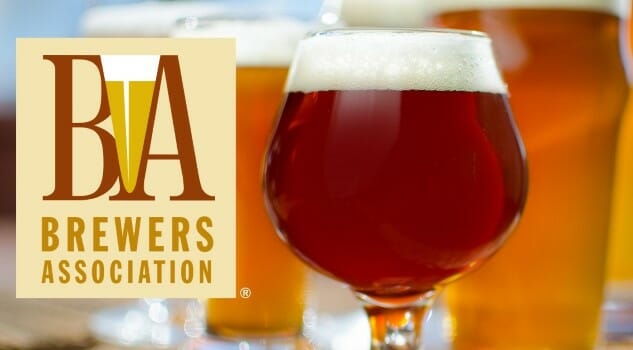Brewers Association Data Reveals Slowing Craft Beer Growth in Depressed 2018 Beer Market

Final analysis of 2018 sales data was released today by the Colorado-based Brewers Association, confirming the trends we’ve seen in beer sales for the last few years: The craft segment is still growing, but that growth continues to slow. Meanwhile, the overall beer market continues to contract, as people drink less and less beer (and more wine and spirits) than they did the year before.
The craft beer segment, as (sometimes controversially) defined by the Brewers Association, grew 4 percent in volume in 2018, increasing the overall market share of BA-defined craft in the market to 13.2 percent. That’s up from 12.6 percent in 2017, as you can see in the snippet of infographic below. The full infographic can be viewed here. It’s certainly better than a decline, although it’s a far cry from the BA’s original goal of “20 percent by 2020,” which has long since been revised.

At the same time, retail dollar value of craft beer sold reached a new high at $27.6 billion, which represents an impressive 24.1 percent share of the dollars spent on beer—a 7 percent increase from 2017. This suggests the premiumization of craft beer pretty clearly, as consumers have purchased less beer overall, but spent more on the beer they do buy. Overall, the total beer market was down 1 percent by volume in 2018, mostly driven by the consistent, bleeding losses of major brands such as Bud Light, Miller Lite and Coors Light. Here’s hoping AB InBev and MillerCoors remain focused on suing each other over corn syrup for the foreseeable future.
Of course, these numbers have to be taken with a grain of salt in some aspects. The craft beer definition was revised again this year by the Brewers Association, ostensibly to better serve the industry, but it’s more rational to assume that the changes were made to keep Boston Beer Co., the makers of Samuel Adams, in the fold. If Boston Beer Co.’s production numbers had been allowed to leave the BA tally as a result of the company now producing more than 50 percent non-beer alcohol products (such as cider and spiked seltzer), the result could have been a decrease in total craft beer production, rather than an increase. That would have significantly changed the tone of this announcement’s headlines, as a result.
